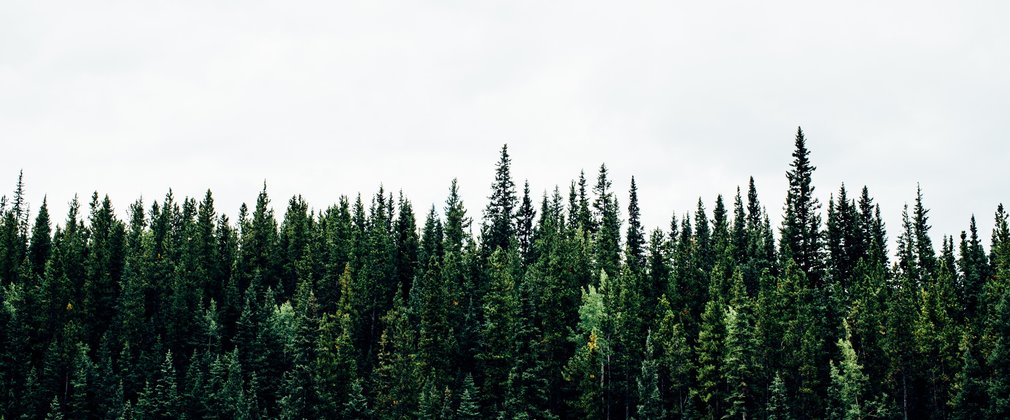High Lodge Forest Plan
About
The High Loge Forest Plan covers 3,464 hectares of the nation's forests between the towns of Brandon and Thetford. The plan area straddles the border between Norfolk and Suffolk in the catchment of the Little Ouse River, and the village of Santon Downham lies in the heart of the forest.
The woodand here sits on a plateau with dry valleys cut into it's eastern and western sides, the northern rim falling toward the floodplain of the Little Ouse. From Gallows Hill looking west across the valley the landscape is seen as a patchwork of trees of varying age among wide rides and open spaces on the undulating plateau beyond.
Most of the wooded area is conifer plantation, predominantly Pine, with some impressive stands of Douglas fir. Other areas have a more broadleaved woodland character, particularly in the Little Ouse Valley and the historic estate woodland near Santon Downham. There are many trees of historic interest here, including mature avenues of lime.
Just under half of the area is owned freehold as part of the nation's forests, with the remainder held on long term leases from the Crown and Elveden estates. The freehold area is dedicated as open access land under the Countryside and Rights of Way Act. Part of the leasehold area close to Thetford is a Ministry of Defence rifle range which prevents public access, but there are permissive trails and public footpaths through the other leasehold areas.
High Lodge is the main visitor centre for Thetford Forest and provides recreation facilities accessed along a three mile forest drive. It attracts some 400,000 visitors a year and offers a café, play lawn, high ropes adventure course, adventure play area, bike hire and an extensive network of maintained bike and walking trails. Visitors can stay in the forest at farm camping/caravan sites or at Center Parcs.
Most of the plan area has been designated as a Special Protection Area (SPA) for Woodlark and Nightjar, which are ground nesting birds, and parts of the forest are also notified as Sites of Special Scientific Interest (SSSI) for their rare Breckland plants and invertebrates.
The mature forest areas are used as breeding habitat by several different species of raptor and other Schedule 1 birds such as Firecrest. Otter and Water vole are well-established on the river, with Daubenton's bats hunting over the water. Barbastelle bats hibernate by the visitor centre and there are bat boxes throughout the forest. Great Crested newts have been recorded in the pond close to the visitor centre.
Prior to planting the forest in the 1920s, much of the plan area had long been managed as rabbit warrens. Extensive warren boundary banks survive, and a number of sites of former warren lodges are found here. Santon Moated Manor and medieval village, as well as four prehistoric burial mounds, are Scheduled Monuments - numerous other undesignated heritage features include some nineteenth century flintmines.
Objectives
The objectives of sustainable forest management here are:
Environmental
- Maintain an even distribution of felled area for Woodlark/Nightjar habitat and a minimum area in cyclic clearfell as required under the SPA designation.
- Maintain open space in order to implement the Thetford Open Habitat Plan through the network of rides in the forest.
- Manage Scheduled Monuments and protect other sensitive heritage features within the wood.
Social
- Maintain a pleasant woodland environment for users.
- Size and shape felling coupes to fit into the landscape.
Economic
- Smooth production from crops in cyclic clearfell but also meet market commitments for 2015-25.
- Restock to maximise production but also to increase species diversity and climate change resilience.
- Restock species choice should take soil type into account as well as the threats posed by pests and disease.
What we’ll do
The High Lodge plan outlines management proposals including felling and restocking for a period of 70 years, with felling licence approval for operations up until 2025.
The areas of clear felling, selective felling and restocking planned for the plan approval period are summarised below:
Clearfelling of 279ha conifers. Restocking of 279ha of conifers, and selective felling of 127ha conifers and 33ha of broadleaves.
Requesting the plan
The High Lodge Forest Plan is currently being revised but if you would like to view a copy please contact our planning team to request one at: Planning.east@forestryengland.uk

